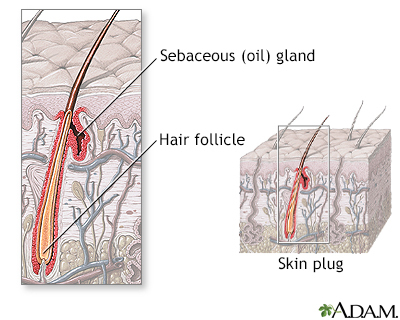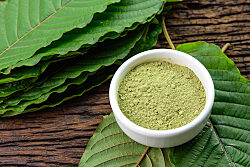Janis and Janet: The Twins Who Tamed Tremor at UF Health
By the time Janet Plum makes the short but taxing trip to serve the coffee, the mug is only half full. What’s missing of the morning brew is dotted on the…

Update your location to show providers, locations, and services closest to you.
A boil is an infection that affects groups of hair follicles and nearby skin tissue.
Related conditions include folliculitis, an inflammation of one or more hair follicles, and carbunculosis, a skin infection that often involves a group of hair follicles.
Furuncle
Boils are very common. They are most often caused by the bacteria Staphylococcus aureus. They can also be caused by other types of bacteria or fungi found on the skin's surface. Damage to the hair follicle allows the infection to grow deeper into the follicle and the tissues under it.
Boils may occur in the hair follicles anywhere on the body. They are most common on the face, neck, armpit, buttocks, and thighs. You may have one or many boils. The condition may occur only once or it can be a long-lasting (chronic) or recurring problem.
A boil may begin as tender, pinkish-red, and swollen, on a firm area of the skin. Over time, it will feel like a water-filled balloon or cyst.
Pain gets worse as it fills with pus and dead tissue. Pain lessens when the boil drains. A boil may drain on its own. More often, the boil needs to be opened to drain.
The main symptoms of a boil include:
Other symptoms may include:
The health care provider can usually diagnose a boil based on how it looks. A sample of cells from the boil may be sent to the lab for a culture to look for staphylococcus or other bacteria.
Boils may heal on their own after a period of itching and mild pain. More often, they become more painful as pus builds up.
Boils usually need to open and drain in order to heal. This most often happens within 2 weeks. You should:
You may need to have surgery to drain deep or large boils. Get treatment from your provider if:
It is important to keep a boil clean. To do this:
Your provider may give you antibiotics to take by mouth or a shot, if the boil is very bad or comes back.
Antibacterial soaps and creams cannot help much once a boil has formed.
Some people have repeated boil infections and are unable to prevent them.
Boils in areas such as the ear canal or nose can be very painful.
Boils that form close together may expand and join, causing a condition called carbunculosis.
These complications may occur:
Contact your provider if boils:
The following may help prevent the spread of infection:

Dinulos JGH. Bacterial infections. In: Dinulos JGH, ed. Habif's Clinical Dermatology. 7th ed. Philadelphia, PA: Elsevier; 2021:chap 9.
Pulia M, May LS. Skin and soft tissue infections. In: Walls RM, ed. Rosen's Emergency Medicine: Concepts and Clinical Practice. 10th ed. Philadelphia, PA: Elsevier; 2023:chap 126.
By the time Janet Plum makes the short but taxing trip to serve the coffee, the mug is only half full. What’s missing of the morning brew is dotted on the…

October 20, 2020
As the opioid epidemic continues to grip the nation and kills tens of thousands every year, a new study led by researchers at the University of Florida…
College of Pharmacy, +2 more

In the 1967 movie “Cool Hand Luke,” Paul Newman bets his fellow prisoners he can eat 50 hard-boiled eggs in an hour. As any film buff knows, he wins the bet by somehow keeping down roughly 6 pounds...
The Super Bowl is upon us. Football fans will be debating and dissecting the game. But what does the big game do to our health? It’s time for a Super Bowl health assessment based on recent medical...